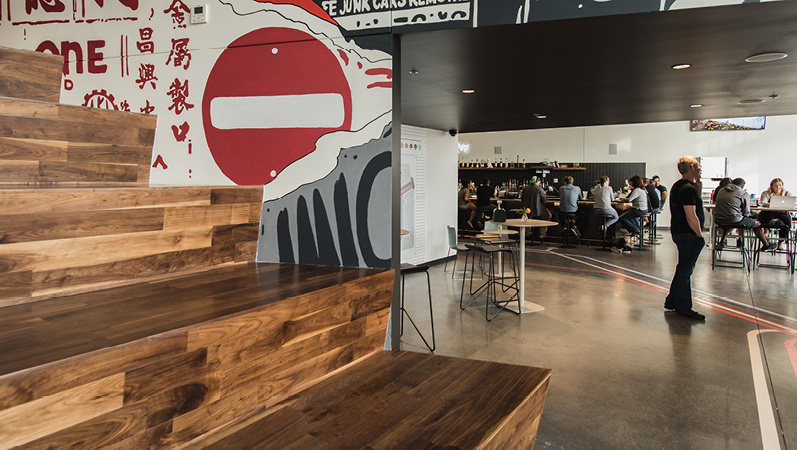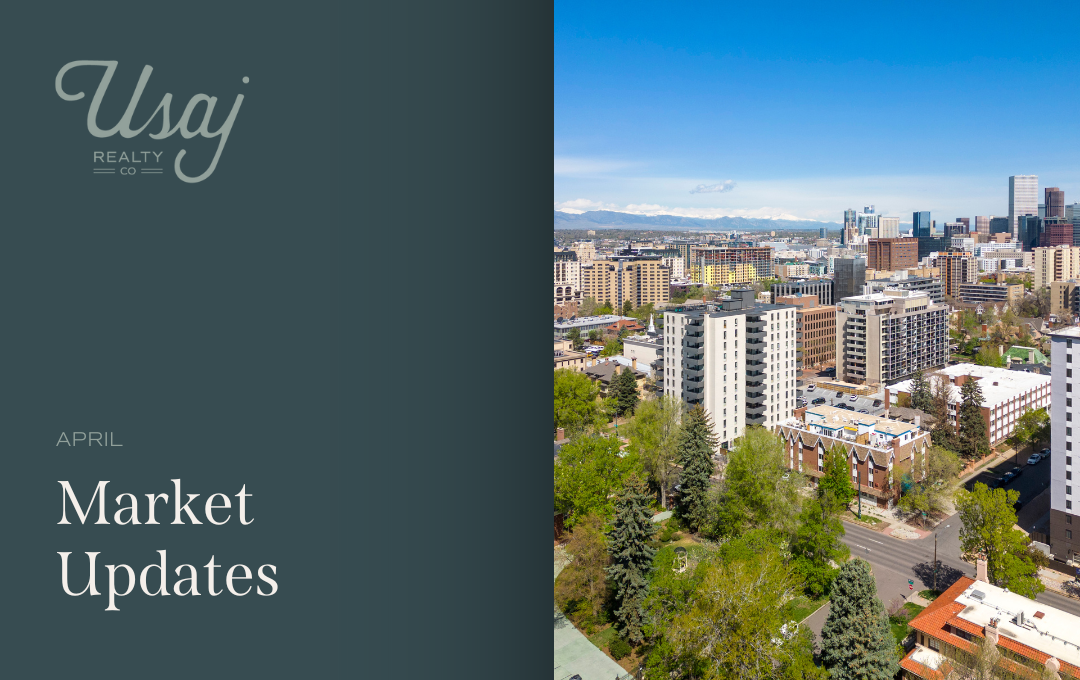The pandemic has changed many aspects of our lives but one thing remains constant. Colorado continues to be a go-to state, especially among millennials.
According to a recent report by Apartment List, Denver ranks first among destination cities people are searching for available places to live. And of those searches, nearly half of them are coming from users who currently live outside the Denver metro area. These Q1 numbers (mostly prior to the pandemic) indicate Denver’s burgeoning tech job market continues to attract renters from around the country.
Washington, D.C. is the most common source of out-of-metro searches for apartments in Denver. These east coast residents account for 10.5 percent of inbound searches to Denver (outside the Denver metro area), compared to just 2.4 percent coming from San Francisco and 1.1 percent coming from Seattle. Apartment List suggests “it may be that as the tech industry bears increased scrutiny, Denver area startups are finding it increasingly important to attract workers with policy backgrounds and connections.”
Population Growth and the Demand for Housing
This news comes despite Denver’s continuing rise in home prices. The latest data from the Denver Metro Association of Realtors shows the average single-family home is priced at $599,418. Due to all time low inventory of homes for sale, Denver Metro Association of Realtors has stated that the current conditions indicate it’s the “toughest market to buy a house in Denver Metro’s history.”
Single-family homes, in particular, are selling incredibly fast, with more homes going under contract in September (4,595) than new listings hitting the market (4,435). Condos are not far behind with 2,021 new listings becoming available and 1,781 having an offer accepted.
{{cta(‘ccccf9f5-79a6-4659-95ec-27051dfac745′,’justifycenter’)}}

And prices are up overall as well. The average price of a home (single-family homes and condos) in the Denver metro was $538,992 in September 2020. Incredibly low mortgage rates – dropping below 3% – have encouraged and enabled home buyers all across the country to relocate.
Housing inventory simply is not even close to keeping up with buyer demand. According to DMAR, “This is further evidenced in that the months of inventory hit an all-time low at 0.91 months, signifying a very strong seller’s market. The previous record low was this past August 2020 at 0.92 months.”
With remote work opportunities becoming more available, people are reconsidering their home base and looking at areas that provide more balance between work and play. Denver and Colorado consistently are near the top of areas to which people desire to relocate.
With remote work opportunities becoming more available, people are reconsidering their home base and looking at areas that provide more balance between work and play. Denver and Colorado consistently are near the top of areas to which people desire to relocate.
A recent study by Smart Asset points out that not only are millennials more likely to move, millennials making more than $100,000 per year often have the Centennial State in their sights. The study includes data from the IRS that shows less than 30% of taxpayers are younger than age of 35, but from 2017 to 2018, more than half of tax returns marking a change of address across state lines belonged to filers under 35. In other words, less than 3% of all taxpayers moved to a different state between 2017 and 2018 while more than 5% of millennial taxpayers (i.e. those under the age of 35) did so.
Colorado ranks 2nd behind Washington as the most popular states for relocation. Colorado attracted almost 240,000 newcomers in 2018.
Growth by County
Furthermore, according to a December 2019 article in Patch.com, Storagecafe partnered with United Van Lines to analyze moving data coming out of Colorado. Citing “Colorado’s beautiful scenery and affordability,” the state attracted almost 240,000 newcomers in 2018. There were 658 people who relocated to Colorado each day and more than 28,000 of those newcomers were from California. While many of the newcomers choose to live in Denver, Boulder and Arapahoe counties, the top county for out-of-state transplants was actually El Paso, with 52,345 new arrivals, the report states. Denver County followed with 34,277, and Arapahoe and Boulder received 25,855 and 22,095, respectively.
Obviously the majority of this data is pre-pandemic but anecdotal evidence continues to support the trends that Colorado is attracting young, and often rich young people. A recent article in the Wall Street Journal highlights a growing trend of wealthy people who have decided to either move into their Colorado vacation homes on a full-time basis or have completely ditched urban living in favor of small mountain communities that provide less density and more outdoor opportunities.

Vail is Growing Quickly
Like Denver, Vail is seeing a big spike in interest in residential real estate sales. The Vail Daily reported in July there remains an imbalance between available inventory and what people can actually afford. According to the article, the average list price for a home in June 2020 in the Vail Valley was $1,524,141, a 10% increase year-over-year from 2019.
{{cta(‘4497a1f2-cdb5-45ff-a089-16d4fb50cff8′,’justifycenter’)}}
Why Millennials Are Choosing Colorado
Business Insider recently profiled eight millennials who have moved to Colorado since the pandemic hit. Their answers to why they moved to the Centennial State ranged anywhere from needing a new start to focusing on a better lifestyle to wanting more recreational opportunities. Despite the pandemic, Colorado continues to show economic recovery and lower unemployment (6.7%) than the national average of 8.4% (August 2020 figures).
Finally, Denver is showing no sign of slowing down in population growth. According to an article in the Denver Post (March 2020), the Census Bureau reported the population of the city and county of Denver was at 727,211 on July 1, 2019. Denver County grew by nearly 11,000 people, or 1.5%, compared to mid-2018. That rate was down just slightly from Denver’s 1.6% growth the year prior.
In our current socially-distanced world, you may not be seeing as many people on the streets or in workplaces but you’ve probably witnessed them on the trails, in the parks and buying up houses in the Denver neighborhoods. Get used to it — it’s been a decade in the making.




